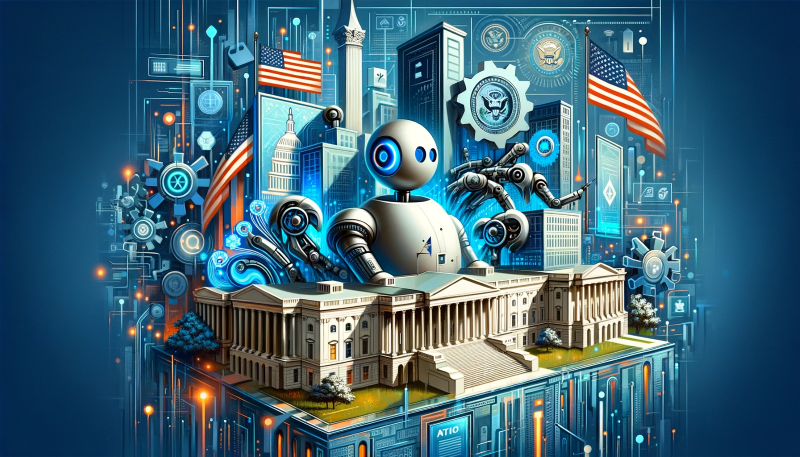In the current era of rapid technological advancements, artificial intelligence (AI) dominates nearly every conversation, and with innovative platforms like ChatGPT boasting over 180 million users, keeping pace is a challenge. Many have turned their focus towards the cutting-edge developments in AI and generative AI tools, which offer revolutionary approaches to managing complex automation and promise to fundamentally change how governments operate. The concern is that this newfound fascination with AI technologies has relegated established methods like robotic process automation (RPA), a dominant force in automating and enhancing digital efficiency in government operations, to the sidelines.

The AI Adoption Challenge
Despite the excitement and potential surrounding AI, its adoption and integration in the public sector face genuine obstacles. As the newest form of “general purpose technology” (GPTs), AI presents continuous challenges for policymakers, necessitating substantial education, learning, and policy development. However, this doesn’t mean governments should delay embracing AI. Instead, they should set realistic expectations and understand that adoption will be a gradual process. This measured approach is necessary due to the significant responsibility and accountability held by governmental bodies. Taking the time to thoroughly understand and integrate AI technologies ensures that the public sector can leverage its benefits while mitigating risks.
Lasting Value of RPA
Here lies the understated beauty of RPA: its simplicity and effectiveness. RPA has been in the tech landscape for several years, proving its worth in the modernization of operations, optimizing processes and enhancing services provided by governments. Furthermore, RPA comes without the steep learning curve that can be attached to AI. In releasing government staff to be able to work on more strategic initiatives, not only does RPA directly boost overall productivity and job satisfaction, but also contributes toward the government’s responsiveness, resulting in improved services.
Drawing from my own experiences, at the onset of the Covid-19 pandemic, we established an RPA environment and deployed our initial bots in just 11 days. These bots played a crucial role in conserving thousands of employee hours while accelerating initial contacts with Covid-19 positive patients, a critical component of contact tracing. By shifting administrative tasks to these bots, we redirected our skilled workforce towards vital life-saving efforts and ultimately improved overall public health services within the community.
A Layered Approach to Modernization
RPA produces results and does so quickly. This enables governments to be strategic and layered in their approach to modernization. Technological enhancements, replacements, and transformations take time, and while those efforts are ongoing, governments can strategically layer RPA efforts that work across the existing infrastructure and provide tangible outcomes. Furthermore, as you evolve your RPA capabilities, you can slowly and more easily integrate AI applications such as machine learning, generative AI, natural language processing, and computer vision, which ultimately will allow your government to organically mature your overall AI capabilities while mitigating risks.
The Road Ahead
In conclusion, while our collective imagination gets drawn towards the allure of AI and generative technologies, the reliable, accessible and compounding foundation of RPA stays indispensable. It’s a reminder that in chasing after innovation, it is easy to forget that the tools providing a bedrock of stability and reliability are already in place. For government CIOs, RPA should not just be a relevant part but an essential piece of the balance in their forward-looking technology strategy — just one example of an evolutionary path forward towards the kind of future where AI can really shine.
Scott Mastellon, former Suffolk County (NY) CIO and current Managing Director of Public Sector at SVAM International Inc., is a distinguished technology leader with over two decades in the experience in government. Renowned for driving digital transformation and operational efficiency in the public sector, his strategic leadership was crucial during Suffolk County’s critical moments, notably amidst the COVID-19 crisis. Leveraging his rich experience as a government CIO, Scott now brings innovative technology solutions to public sector organizations at SVAM, focusing on cybersecurity, RPA and AI, and data modernization.





Leave a Reply
You must be logged in to post a comment.